The European Rooms
David K. Ross
May 21, 2014
(6pm)
Screening
Please RSVP
Please join us for a special screening of The European Rooms, a short film by media artist David K. Ross that presents intimate views of Enlightenment-era architectural interiors featured in the Art Institute of Chicago’s Thorne Rooms. In Ross’s newest work, an unhurried camera glides across drawing rooms, bedrooms, dining rooms, and entrance halls filled with finely crafted furniture and carefully selected objets. Though well-appointed, this "sealed and stifling" world of privilege, class, and prestige is also inescapably uncanny and oneiric. A slow unraveling of cinematic, sonic and architectural space played out in real time, The European Rooms is as confounding as it is elucidatory.
David K. Ross works in a variety of media including film, video, photography and installation, and is based in Chicago and Montreal. His formal training as an architect and his experimentation with large format photography and film have resulted in a wide range of projects investigating the history of optical technologies and geodetic practices, museum taxonomies and transport systems, self-storage facilities, and urban infrastructures. Ross's work has been exhibited in major institutions in North America and Europe, and are included in private and public collections including the National Gallery of Canada, the Musée d'art contemporain de Montréal and the Canadian Centre for Architecture. His films and videos have been shown at CineMarfa (2012), Le Mois de la Photo à Montréal (2013), and the Festival Internacional de Cine en Guadalajara (2014).
Image: David K. Ross, The European Rooms, 2014. Production still, HD video, 27:30. Courtesy David K. Ross.

Nate Wooley
lampo performance series
May 17, 2014
(8pm)
Performance
Please RSVP
Recognized as one of the leading improvisers working to expand the limits and expectations of contemporary trumpet, Nate Wooley comes to the Graham Foundation to perform a new electro-acoustic work, "For Kenneth Gaburo," as well as solo amplified trumpet improvisations.
In his new project “For Kenneth Gaburo,” Wooley continues to explore the concept of combinatory sound, now using linguistics as an oral-mechanical source for affecting the acoustic sound of the trumpet. Wooley’s new piece takes texts by composer Kenneth Gaburo and combines synthesized tones on tape with manipulated trumpet techniques “to create shadings of the phonetic sounds inherent in the text.” The composition pays homage to two of Gaburo's masterpieces, "Maledetto" and "Mouthpiece II for Trumpet Sextet."
Nate Wooley (b. 1974) was born in Clatskanie, Oregon, a town of 2,000 people in the timber country of the Pacific Northwest. He began playing trumpet professionally with his father, a big band saxophonist, at the age of thirteen. Since moving to New York in 2001, he has become a leading trumpet player in the burgeoning Brooklyn jazz, improv, noise, and new music scenes. He has performed regularly with John Zorn, Anthony Braxton, Eliane Radigue, Ken Vandermark, Fred Frith, Evan Parker and Yoshi Wada, and collaborated with Chris Corsano, C. Spencer Yeh, Peter Evans, and Mary Halvorson. Wooley’s combination of vocalization, extreme extended technique, noise and drone aesthetics, amplification and feedback, and compositional rigor has led one reviewer to call his solo recordings "exquisitely hostile."
This performance is presented in partnership with Lampo. Founded in 1997, Lampo is a non-profit organization for experimental music, sound art, and intermedia projects. Visit www.lampo.org.
Image: Photo Peter Gannushkin.

Alison Knowles
May 14, 2014
(6pm)
Performance
Please RSVP
Founding Fluxus member Alison Knowles will read selected works, including sections from her seminal piece House of Dust (1968-71). One of the first computer-generated poems, House of Dust evolved into an abstract environmental sculpture built out of five thousands pounds of concrete and fiberglass. Initially installed in New York, the structure was later moved to Los Angeles in 1971. To inaugurate the installation, Knowles and poet Normal Kaplan organized a “visual, physical poetry experience” where a helicopter dropped a one-thousand-foot-long printout of the poem onto the structure. With its multiple iterations in New York and Los Angeles, the House of Dust became a piece of serial architecture generated rather than designed by a set of procedures and heuristic constraints.
House of Dust is currently on view in the Graham Foundation's exhibition Everything Loose Will Land.
Alison Knowles is a visual artist known for her sound works, installations, performances, and publications. A founding member of the experimental avant-garde group Fluxus, Alison Knowles continues to create work that incorporates performance, radio and sound, papermaking, and printmaking. Knowles has exhibited her work at numerous institutions, including the Museum of Modern Art and the Tate Modern, and has received multiple awards and fellowships, including a Guggenheim Fellowship (1968) and a Documenta Professorship at the Kunstakaedmie Kassel (1996-7).
Image: Alison Knowles, House of Dust, 1971. Photograph, 10 ½ x 8 ½ inches. Copyright Alison Knowles. Courtesy of the California Institute of the Arts, Institute Archive. Photo Joshua White.
For more information on the exhibition, Everything Loose Will Land, click here.

Opening Reception: Everything Loose Will Land
Sylvia Lavin
May 01, 2014
(6pm)
Opening Reception
Please RSVP
Please joins us to celebrate the opening of Everything Loose Will Land, with remarks by curator Sylvia Lavin.
6PM Remarks by curator Sylvia Lavin
6:30-8:30PM Opening Reception
Sylvia Lavin is a leading figure in contemporary architectural history, theory, and criticism. Lavin is the recipient of a 2011 Arts and Letters Award, as well as previous awards from the Getty Center, the Kress Foundation, and the Social Science Research Council. In addition to her most recent book, Kissing Architecture (Princeton University Press, 2011) Lavin is the author of Quatremere de Quincy and the Invention of a Modern Language of Architecture (MIT Press, 1992); Form Follows Libido: Architecture and Richard Neutra in a Psychoanalytic Culture (MIT Press, 2005); and the forthcoming The Flash in the Pan and Other Forms of Architectural Contemporaneity (recipient of a Graham Foundation grant). She initiated a series of architectural projects for the Hammer Museum, and has been a guest curator for the Canadian Center for Architecture, Montreal, and Ace Galleries.
Image: Ron Herron (Archigram), Manzak in Griffith Park, 1969. Collage, 7 1/2 x 9 1/2 inches. Copyright Ron Herron (Archigram). Courtesy of Simon Herron.
For more information on the exhibition, Everything Loose Will Land, click here.

Spiritual Kitsch
Molly Hunker
Apr 07, 2014
(6pm)
Talk
Please RSVP
Molly Hunker, inaugural Douglas A. Garofalo Fellow at the School of Architecture at University of Illinois at Chicago, joins the Graham Foundation April 7 for a presentation on her current research and culminating fellowship project, Myth.
Hunker’s fellowship research has centered on kitsch artifacts and their potential to recalibrate contemporary notions of atmosphere and engagement. Myth, opening at UIC School of Architecture April 1, focuses specifically on the home shrine, re-envisioning the richly decorative and kitsch accretion through the lens of the architectural installation. The discussion will explore how home shrines and related assemblies can provoke new understandings of visual opulence and lead to the production of emotionally resonant architecture.
Molly Hunker grew up in Wyoming and earned a Bachelor of Arts degree from Dartmouth College and Master of Architecture degree from the University of California, Los Angeles (UCLA). Hunker has worked for architecture studios and art workshops in Seattle and Los Angeles and has taught at UCLA, Woodbury University and University of Illinois at Chicago. She is the co-founder, with Greg Corso, of SPORTS, a design collaborative that aims to reconcile the intelligence and sensibilities dormant in the crafty, cute and commonplace with that of the high-tech, couture, and complex to distill the opportunities born at this intersection.
Image: Molly Hunker, "Myth" Candles.

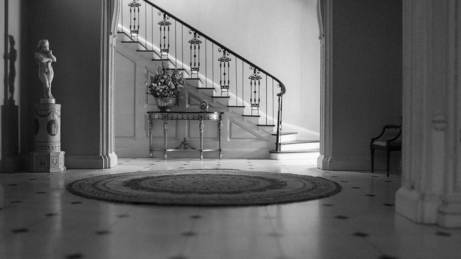
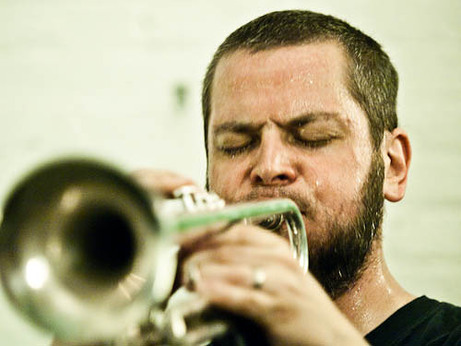
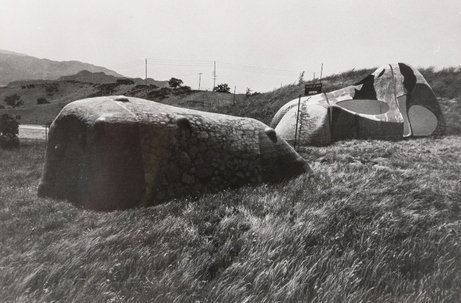
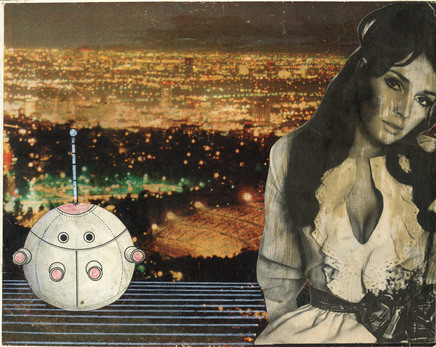
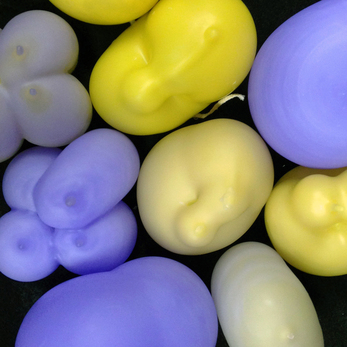
 PREVIOUS POSTS
PREVIOUS POSTS